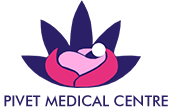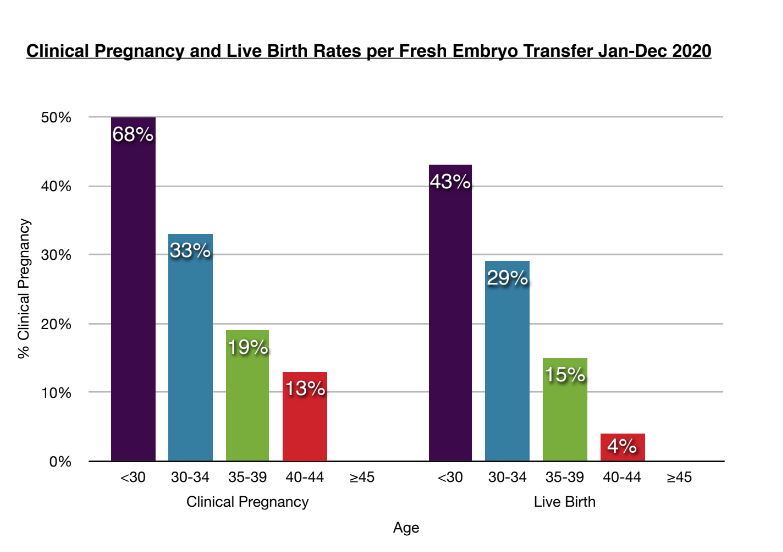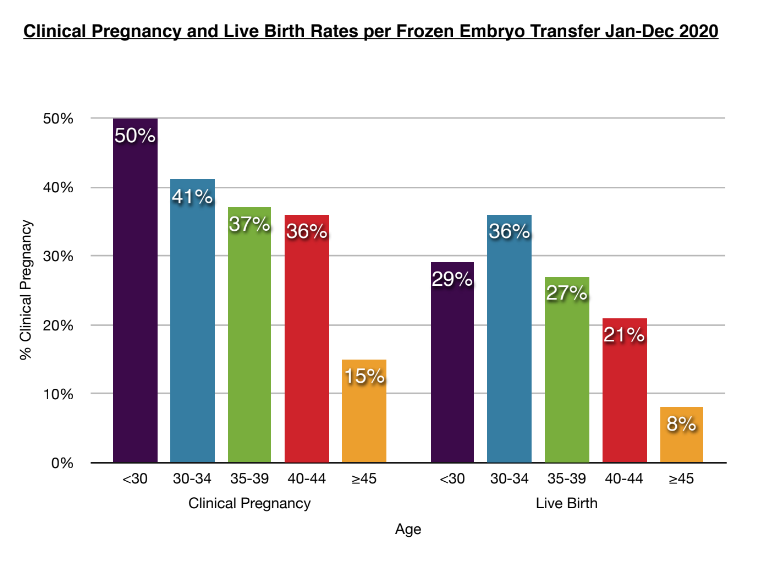EXPLANATION OF SUCCESS RATES
- The data above includes both IVF and ICSI treatment. Donor embryo and oocyte cycles have been excluded.
- PIVET is committed to performing single embryos transfers. 97% of embryo transfers were single embryo
transfers in 2020. - In 2019, PIVET has increasingly moved towards a freeze best embryo policy due to the higher chance of pregnancy in frozen embryo transfers
- Please be aware that in 2020, there were only 13 frozen embryo transfers in patients ≥45 years old who used their own eggs, and two pregnancies. The data displayed does not reflect the true chance of pregnancy in this age group due to the small numbers. The chance of pregnancy in this group is naturally extremely low (< 1%).
- A clinical pregnancy is defined as follows:
- The presence of an intrauterine sac (with or without foetal heart) observed on 7 week ultrasound scan.
- An ectopic pregnancy.
- If a pregnancy is ongoing at 20 weeks.
- A live birth is defined as: The complete expulsion or extraction from the mother of a baby which shows evidence of life.
- Your live birth rate for your age group is the most meaningful chance of your success.
- Success rates may be affected by a number of factors which include the type of treatment undertaken, the cause of infertility, age, lifestyle factors, genetic factors and quality of the eggs and sperm.
- Please be aware, depending on the cause of your infertility or reasons for undertaking treatment not every treatment cycle undertaken will result in an egg collection, an embryo transfer or embryos to freeze.
- Please visit this site for more information about interpreting pregnancy rates.
Our friendly team at PIVET can also be contacted for further information.


